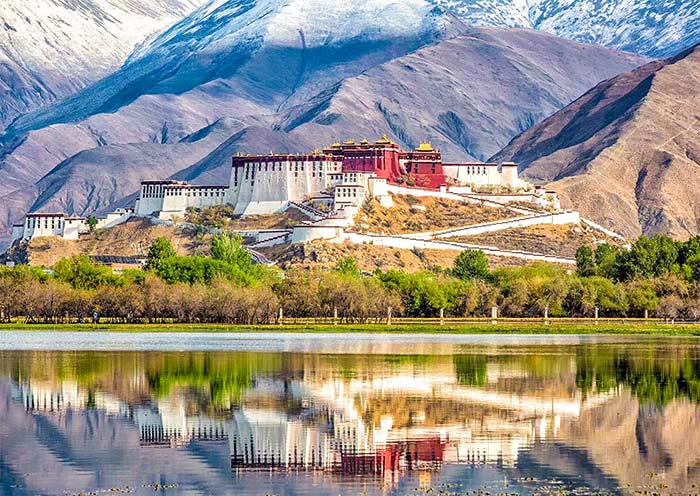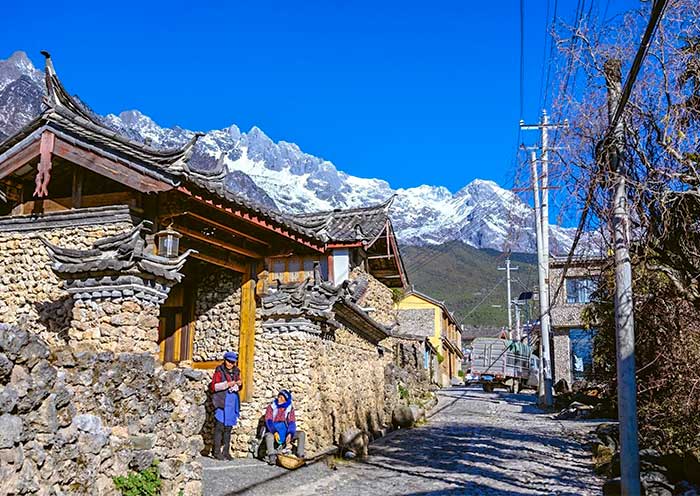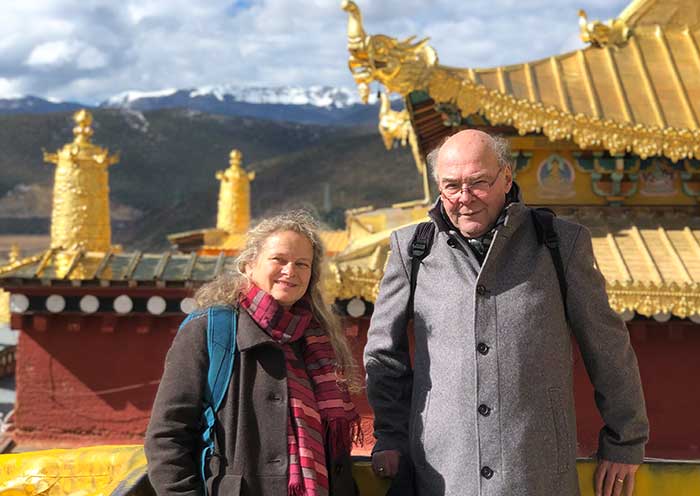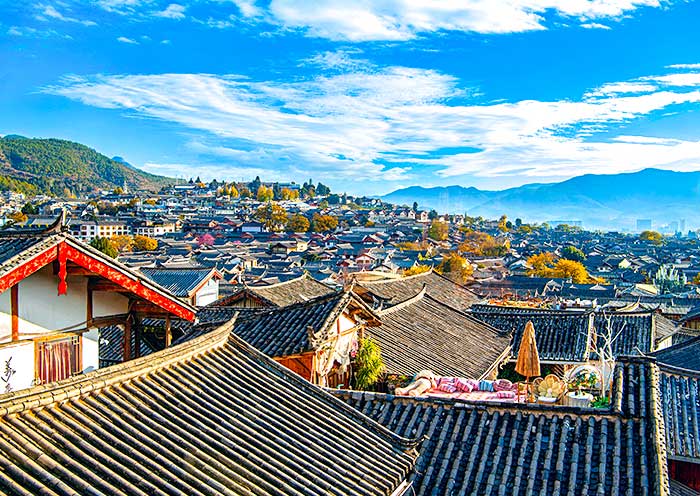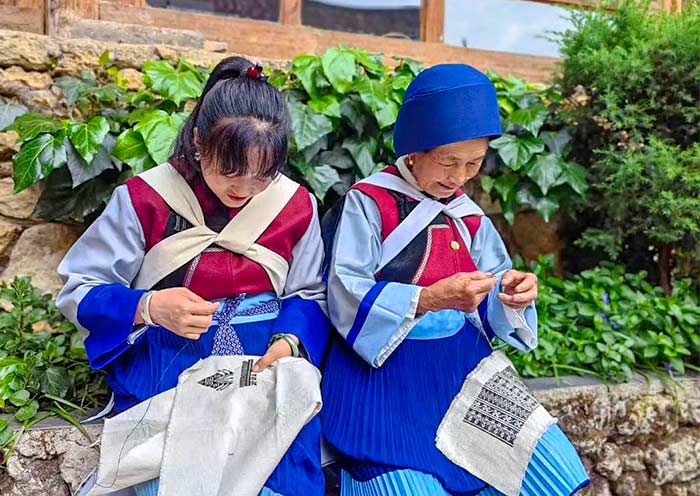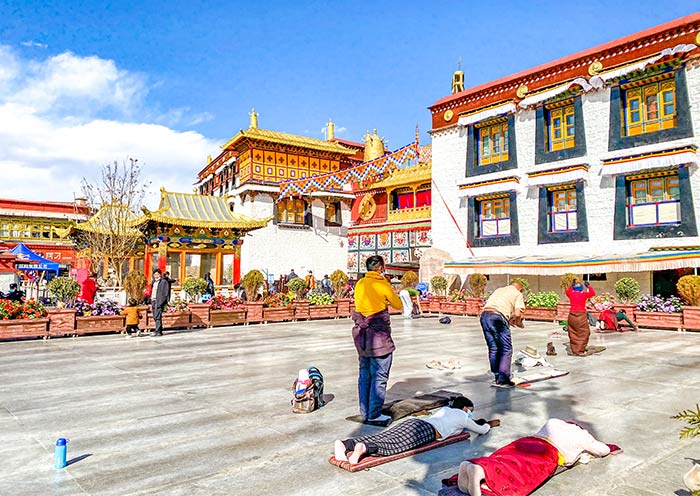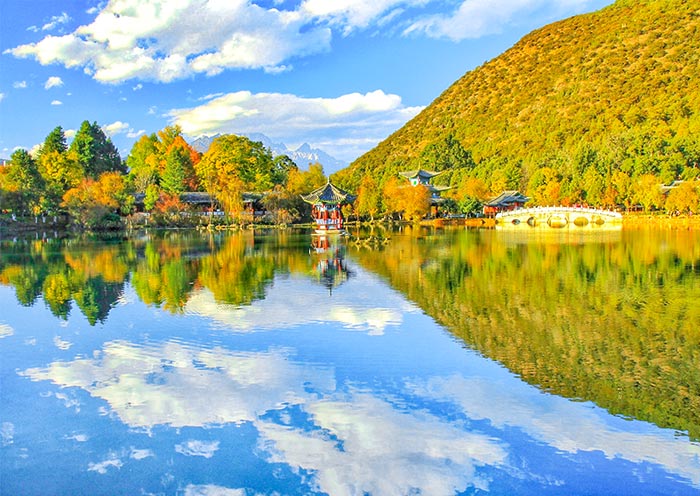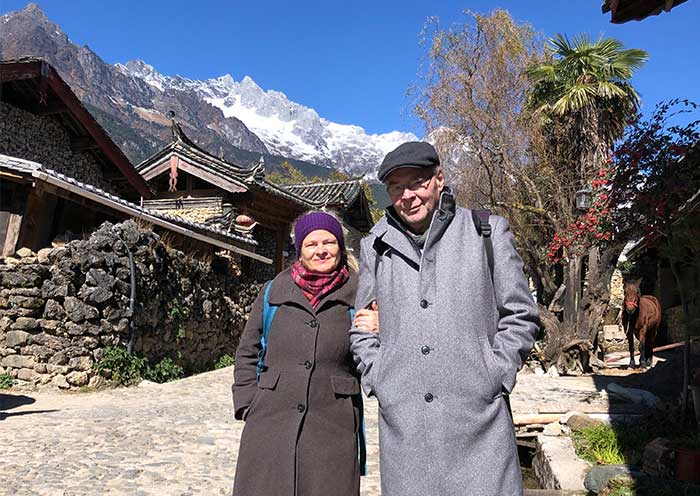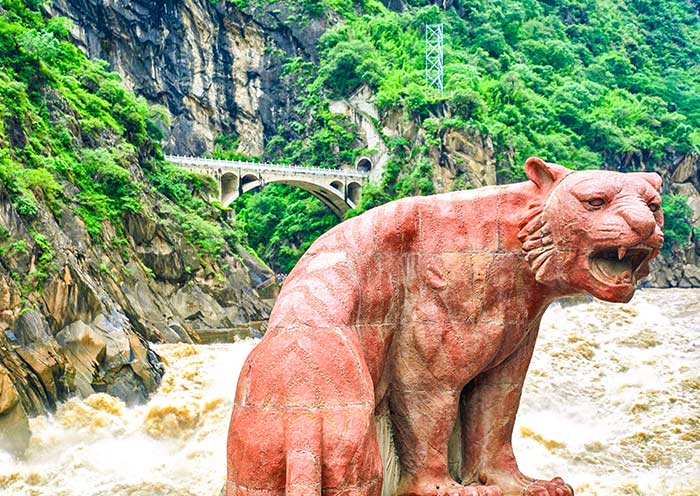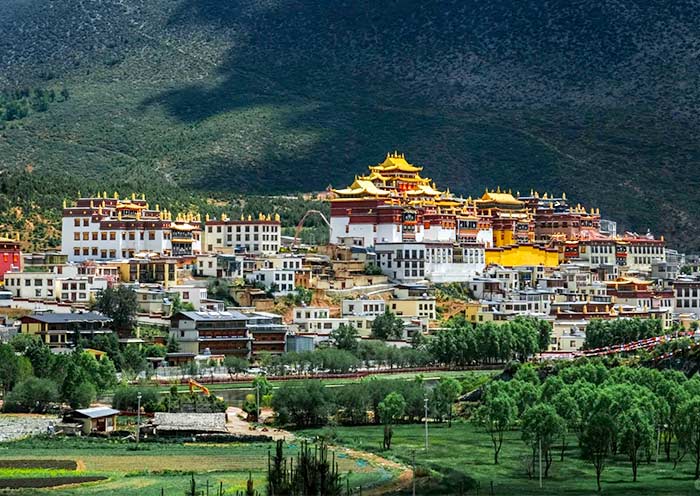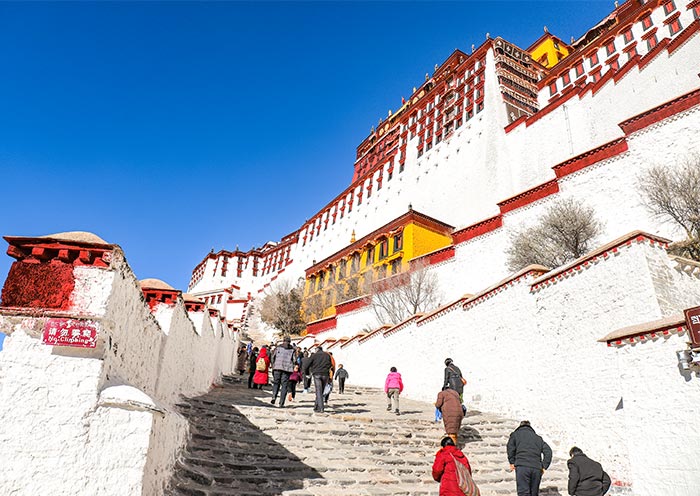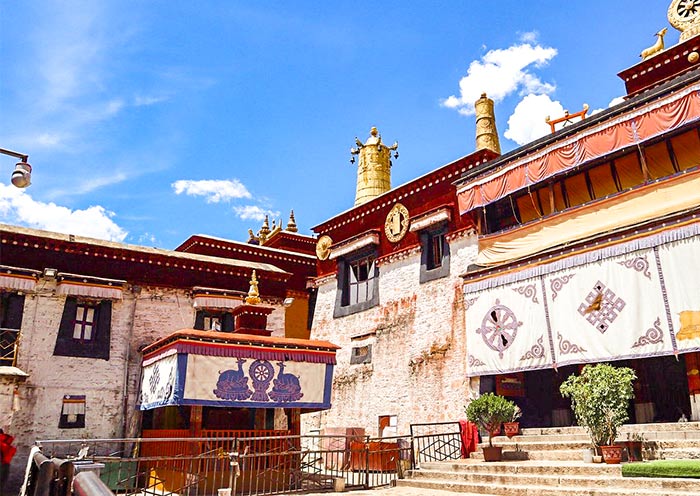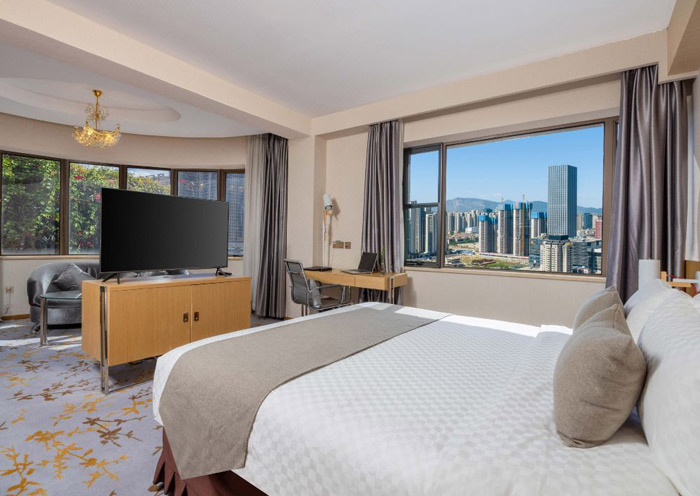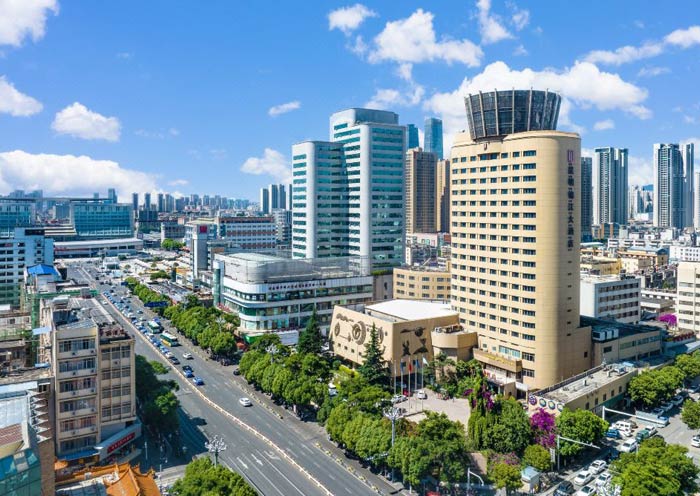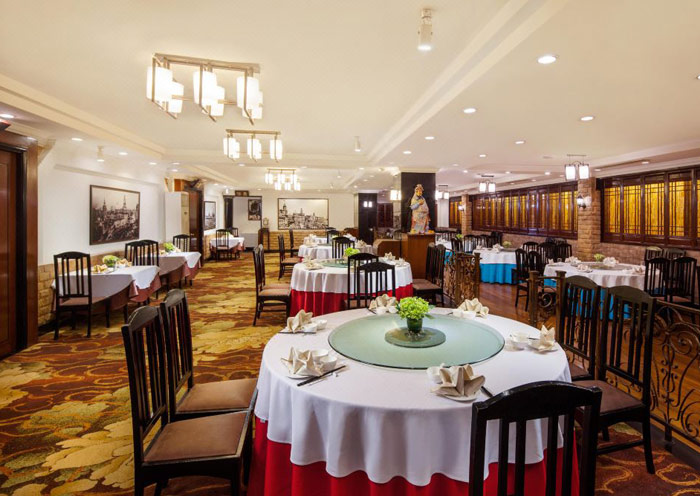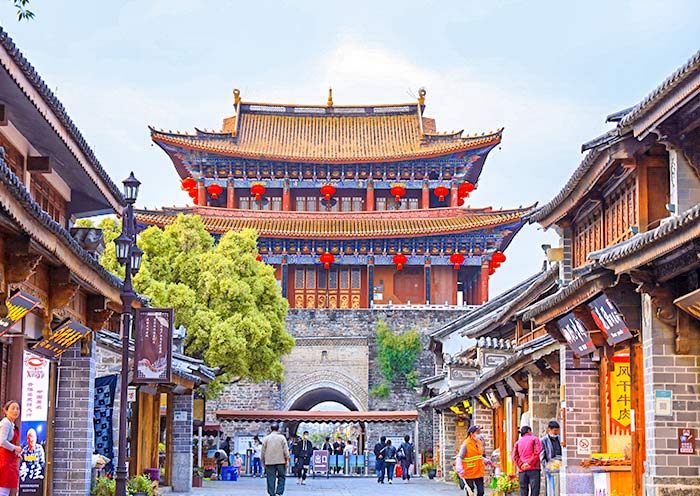Nǐ hǎo! Welcome to Lijiang, the most popular destination in the Yunnan province! Upon your arrival at Lijiang's airport or train station, our local tour guide and driver will meet you at the exit, greet you, and escort you to the Lijiang Old Town area. They will assist you in checking in at your hotel.
Lijiang Arrival Ideas (by Flight or High Speed Train):
(1) Lijiang Sanyi Airport offers direct flights to major cities in China, including Beijing, Xi'an, Shanghai, Guangzhou, Chengdu, Chongqing, Hangzhou, Nanjing, Changsha, Wuhan, and more. Additionally, high-speed trains are available to Lijiang Station from cities such as Kunming (3.5-4 hours), Dali (2-2.5 hours), Shangri-La (1-1.5 hours), and others. (2) Transfer to Lijiang Old Town: Lijiang Airport is approximately 28 km away from the old town, which is about a 45-minute drive. Lijiang Train Station is approximately 10 km away from the old town, and it takes about 26 minutes by car.
Lijiang (丽江), nestled under the breathtaking Jade Dragon Snow Mountain, forms a beautiful and peaceful link between Shangri-La to the north and Dali to the south. A UNESCO World Heritage site named "Old Town of Lijiang", it's not only a living ancient town complex, encompassing Dayan, Shuhe, and Baisha, but also the heartland of the Naxi ethnic group, with about 74% of the population being Naxi. A visit to Lijiang allows you to enjoy endless snow-capped mountain views, appreciate the charming old town, experience the rich Naxi culture, and unwind in its peaceful atmosphere.
This afternoon, you will have some time to explore Lijiang Old Town (丽江古城), also known as Dayan Old Town. With over 800 years of history, Lijiang Old Town was once a bustling hub for trade along the famous "Old Tea Horse Caravan Trail". The town resembles a labyrinth, characterized by its numerous cobbled streets, traditional wooden houses with upturned eaves, ancient bridges, and an intricate network of waterways. You'll visit the Mu Palace (木府), a sprawling complex located in the heart of Lijiang Old Town, often referred to as the “Forbidden City of the South”. It offers a captivating glimpse into the grandeur of Naxi royalty, showcasing rich Naxi culture and the fascinating history of the Mu family. You'll also discover why Lijiang Old Town, unlike the top three most famous ancient Chinese cities, has no city wall. Afterwards, walk to a higher vantage point to capture a breathtaking panoramic view of the sprawling old town, with snow-capped mountains forming a majestic backdrop in the distance. Take a short walk to Sifang Street (四方街), the most famous square. Here, you can explore Naxi handicrafts, souvenirs, and local specialties, and soak up the vibrant atmosphere of bustling bars with lively music spilling out onto the streets.
Afterward, let's head to Black Dragon Pond Park (黑龙潭公园), located at the northern edge of Lijiang Old Town. This picturesque location offers stunning views of the surrounding landscape, highlighted by the majestic Jade Dragon Snow Mountain. On clear days, the reflection of the snow-capped peak on the tranquil water of the Black Dragon Pool creates a breathtaking scene.
Further Exploration in the Evening (Optional, explore on your own):
Lijiang Old Town takes on a different ambiance in the evening, showcasing its unique charm. (1) Here are some recommended alleys for taking awesome photos: Xianwen Alley (现文巷, also known as Oil-paper Umbrella Street), Zhenxing Alley (振兴巷, Lantern Street), Nanmen Bridge (南门桥,Wind Chime Street), and Sakura Restaurant (樱花餐厅), among others. (2) For those seeking nightlife, bars, and local cuisine, the following alleys are recommended: Sifang Street (where you can witness a bonfire dance performed by the Naxi people around 19:00), Wuyi Street (五一街), Xinhua Street (新华街), Zhongyi Market (忠义市场), etc.
